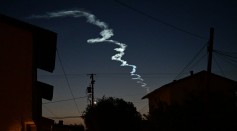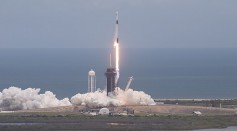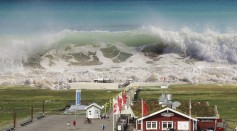Ionosphere

Space Force's Lightning-Fast Satellite Launch: Did It Punch a Hole in the Ionosphere?

Elon Musk’s SpaceX Launch of Falcon 9 Rocket Punctures a Temporary Hole in Earth’s Ionosphere

Researchers Can Forecast Earthquake with 80% Accuracy By Examining the Ionosphere

Tsunami Prediction Could Become Possible Using Data From Tonga Underwater Volcano Eruption

Atmospheric Dynamo: NASA Set to Launch Dynamo-2 Mission to Study Earth-Sized Electric Generator
NASA Seeks to Improve GPS Communications with Study of Ionosphere
Most Popular

How Technology Is Changing the Real Estate Industry?

Study Reveals High Turnover in Scientific Research Careers: What This Means for Future Scientists

How a Plant-Based Diet Can Protect Against Breast Cancer: Insights from Nutrition Research

Nikolay Karpenko Biography, Photo, Career, Accomplishments





